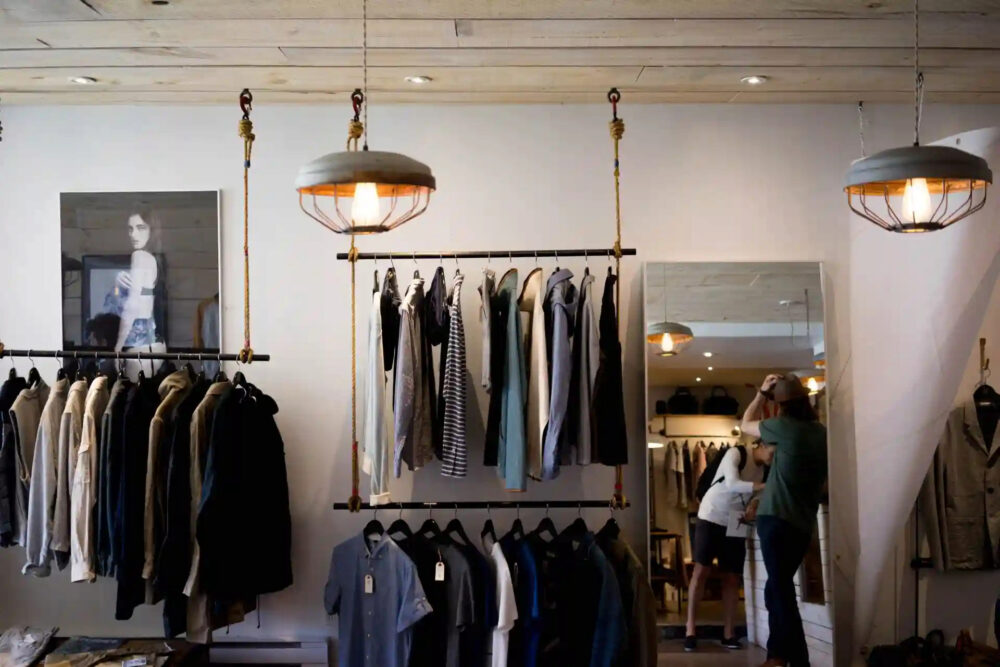In today’s world, the fashion industry is increasingly under scrutiny for its environmental impact. From fast fashion’s contribution to pollution and waste to the exploitation of labor in garment factories, consumers are becoming more aware of the need for sustainable fashion practices. Building an eco-friendly wardrobe is not only beneficial for the planet but also allows you to express your style in a conscious and ethical manner. In this guide, we’ll explore how you can incorporate sustainability into your fashion choices and build a wardrobe that aligns with your values.
Understanding Sustainable Fashion
Before we dive into building an eco-friendly wardrobe, let’s first understand what sustainable fashion entails. Sustainable fashion encompasses various practices aimed at reducing the environmental and social impact of the fashion industry. This includes using eco-friendly materials, reducing waste through recycling and upcycling, promoting fair labor practices, and minimizing carbon emissions throughout the supply chain.
Choosing Eco-Friendly Materials
One of the first steps in building a sustainable wardrobe is to prioritize clothing made from eco-friendly materials. Look for garments made from organic cotton, which is grown without harmful pesticides and chemicals, or opt for clothing made from hemp, linen, or bamboo, which require less water and energy to produce compared to conventional fabrics. Additionally, consider materials like Tencel or recycled polyester, which are made from renewable resources and help reduce reliance on virgin materials.
Investing in Quality Pieces
Another key aspect of sustainable fashion is investing in high-quality pieces that are built to last. Instead of succumbing to the allure of fast fashion and its cheaply made garments, opt for well-made clothing that will stand the test of time. Quality pieces may come with a higher price tag upfront, but they will save you money in the long run by reducing the need for frequent replacements. Plus, timeless designs never go out of style, ensuring that you can wear them for years to come.
Thrifting and Secondhand Shopping
One of the most sustainable ways to build your wardrobe is by shopping secondhand. Thrifting not only reduces the demand for new clothing production but also gives existing garments a new lease on life. Explore thrift stores, consignment shops, and online marketplaces to find unique pieces at affordable prices. Not only will you score one-of-a-kind finds, but you’ll also be contributing to the circular economy by extending the lifespan of clothing.
Supporting Ethical Brands
When purchasing new clothing, take the time to research and support brands that prioritize sustainability and ethical production practices. Look for certifications like Fair Trade or GOTS (Global Organic Textile Standard), which ensure that garments are produced under fair labor conditions and meet strict environmental standards. Many ethical brands also prioritize transparency, providing information about their supply chain and manufacturing processes to consumers.
Caring for Your Clothing
Maintaining and caring for your clothing is essential for prolonging its lifespan and reducing the need for replacements. Wash your garments using eco-friendly detergents in cold water to conserve energy and preserve colors. Air dry your clothes whenever possible to reduce energy consumption, and mend any minor repairs to prevent garments from ending up in landfills prematurely. By treating your clothing with care, you can ensure that they last for years to come.
Conclusion
Building an eco-friendly wardrobe is not only a responsible choice but also a rewarding one. By prioritizing sustainable materials, investing in quality pieces, shopping secondhand, and supporting ethical brands, you can create a wardrobe that reflects your style while minimizing your environmental impact. Remember that every purchase you make has the power to make a difference – choose wisely and embrace the journey towards a more sustainable future of fashion.
